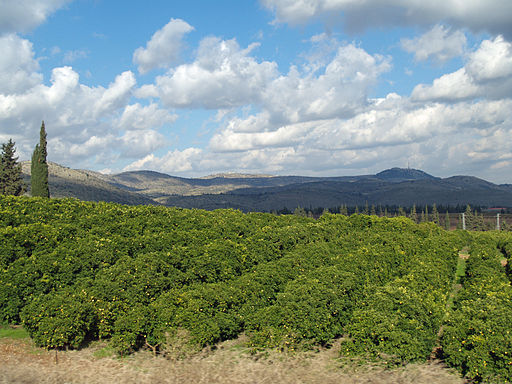
External shocks and adverse weather have rocked the export market for Israeli citrus, according to a report by the US Department of Agriculture.
The Israeli shekel has strengthened about 10% against the Euro in the last year, making Israeli citrus exports less profitable in the EU, a market to which two-thirds of its citrus exports go.
The Russian financial crisis is also hurting Israeli citrus exports. The rapid depreciation of the ruble against the shekel has brought trade to a standstill since February. And exports to Japan have also taken a hit due to economic slowdown there.
Israel is consequently increasing its exports to long distance markets, mainly South Korea, the US, and Canada, the USDA said. “However, these markets remain small with the US and the Canadian markets capturing 3-4% of the total Israeli citrus exports.”
Meanwhile, in January, about 6,000 ha. of citrus were damaged due to hail storms and winds estimated to have caused overall damage worth NIS 70 million ($17.7 mil) to Israeli agriculture, affecting thousands of acres of avocado and citrus crops and some row crops in the south. The citrus damage would have been worse if not for the protective nets used in groves. “Despite the weather disturbances, export quantity was not affected significantly and this is mainly to a good crop and that made up for the weather,” the USDA said.
Israel’s best seller in citrus is the Orri mandarin, an easy-peeler which accounted for about 40% of Israeli citrus exports (64,478 tons) in the 2014/15 marketing year and mainly goes to the EU and. “Orri is still profitable, but it’s just less profitable per unit than it could be and this is due to the weakened Euro,” the USDA said.
“Orange exports in MY 2014/15 have declined marginally compared to the previous two years because of strong domestic demand (see table). The decrease in grapefruit exports in MY 2014/15 is mainly due to the fact that about 1,100 ha of red grapefruit (star ruby and Rio-red varieties) were uprooted in the last 3 years due to low profitability,” it said.
Source: “External Shocks and Weather Conditions Challenging Citrus Revenues” a Global Agricultural Information Network (GAIN) report by the USDA’s Foreign Agricultural Service (FAS)
Image: “Lemon Orchard in the Galilee by David Shankbone” by David Shankbone (attribution required) – own work. Licensed under CC BY-SA 3.0 via Wikimedia Commons.
